Block by Block: The Fourth Bitcoin Halving on 20 April 2024
Everything you need to know about the Bitcoin halving and beyond. Subscribe to our newsletter below to receive all relevant news on trends and developments in the crypto industry directly to your inbox.

What is the Bitcoin Halving?
Satoshi Nakamoto, the creator(s) of Bitcoin have implemented a mechanism within the protocol to decrease the amount of newly mined Bitcoin over time through the Bitcoin mining process. This event is called Bitcoin halving. The halving is a programmatic system which is coded into Bitcoin’s code to automatically halve the block rewards.
The Bitcoin halving will continue to take place every 210’000 blocks until the number of Bitcoin in circulation reaches 21 million, which is projected to be the case in the year 2140. Today, approximately 19.5 million Bitcoin are already in circulation.
The fourth halving was completed on 20 April 2024, and the mining rewards were once again halved to 3.125 BTC per block.
The Bitcoin Halving with Fabian Hediger
In this interview with our co-founder Fabian Hediger, Denis Oevermann, Investment Analyst & Crypto Researcher at Bitcoin Suisse, asks him questions around the Bitcoin halving. Fabian and Denis cover different aspects of the halving mechanism and its unique meaning for the Bitcoin network, they emphasize how Bitcoin's issuance rate is now 0.8% and is now lower than the issuance rate of gold and discuss how the halving could impact the long term development of Bitcoin.
Bitcoin Halving History
Since its genesis block in 2009, the Bitcoin network has experienced three halvings. Let us have a look at the previous halvings and what effect they have had on the Bitcoin mining reward.

First Bitcoin Halving
November 28, 2012
Bitcoin mining reward halved from 50 BTC to 25 BTC per block.

Second Bitcoin Halving
July 9, 2016
Bitcoin mining reward halved from 25 BTC to 12.5 BTC per block.

Third Bitcoin Halving
May 11, 2020
Bitcoin mining reward halved from 12.5 BTC to 6.25 BTC per block.
Why is the Bitcoin Halving important?
The halving is considered to be one of Bitcoin’s most innovative features and a pivotal aspect of Satoshi Nakamoto's vision in establishing a decentralized digital currency. Combined with the maximum supply of 21 million Bitcoin, the halving is an important part of Bitcoin’s monetary policy.
The Bitcoin halving has a significant impact on the supply rate of BTC and ensures its disinflationary monetary properties. The halving reminds of the gradually decreasing rate at which gold is mined from the earth. Many feel that Bitcoin makes for a superior store of value and the halving plays a significant role in this.
In the past, the Bitcoin halving combined with a constant or increasing demand for Bitcoin has so far tended to put upward pressure on the price. And there is also a psychological effect, as many people are more optimistic about Bitcoin around the time of the halvings.
Previous Bitcoin halvings have so far been followed by price increases. However, other factors may influence the price of Bitcoin and it is difficult to find a causal relationship between the halving and Bitcoin price increases alone.
Recent articles
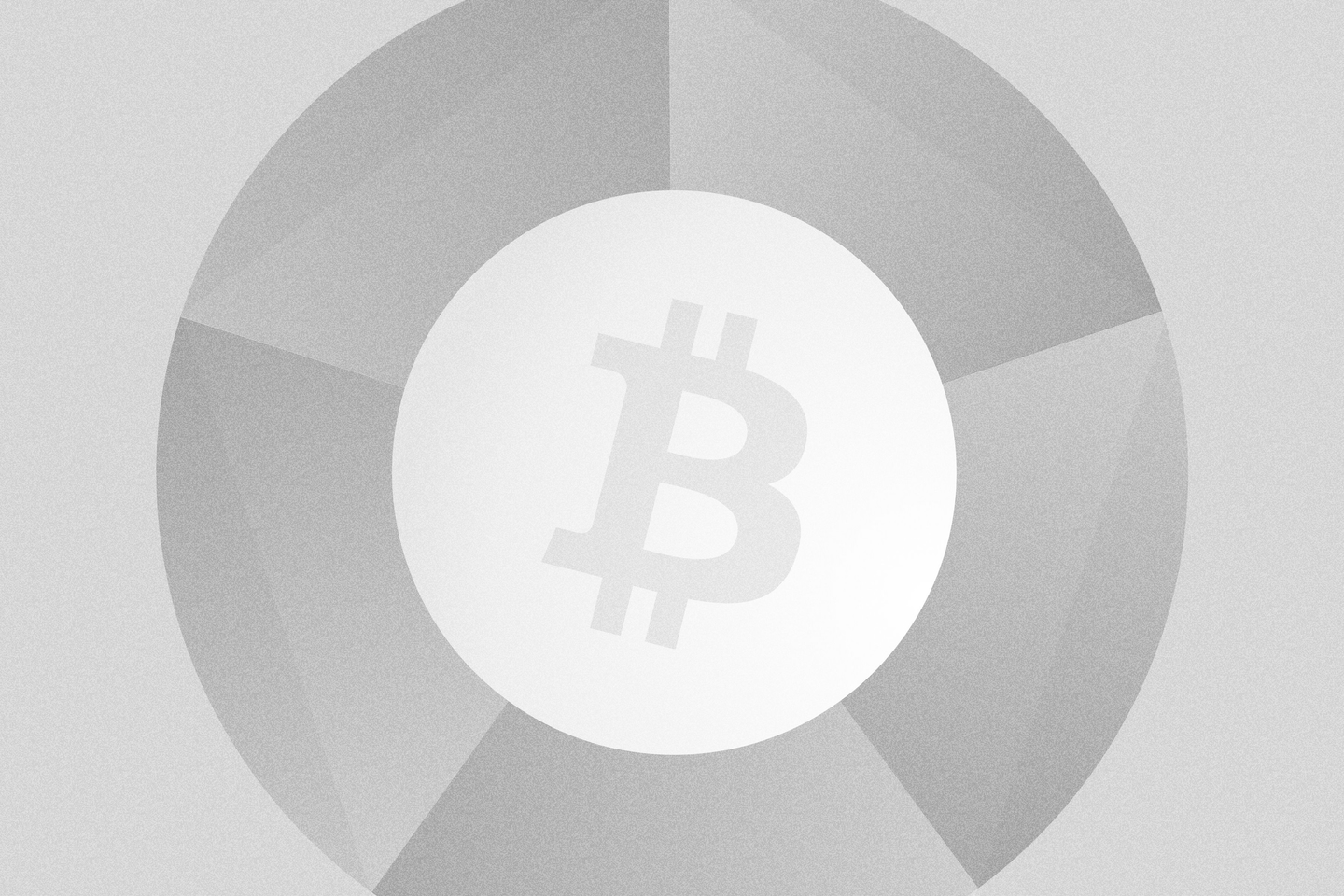
The Bitcoin Halving and the Bitcoin Market Cycle
The Bitcoin halving, occurring approximately every four years, has been a pivotal event in the market dynamics of Bitcoin and the whole crypto market. As the issuance of new Bitcoin is halved, the event has historically been associated with significant impacts on the crypto market and its cycles. Analyzing the time-based cyclic patterns around the previous Bitcoin halvings reveals intriguing insights on how the halving could be one of the drivers behind Bitcoin’s market dynamics.
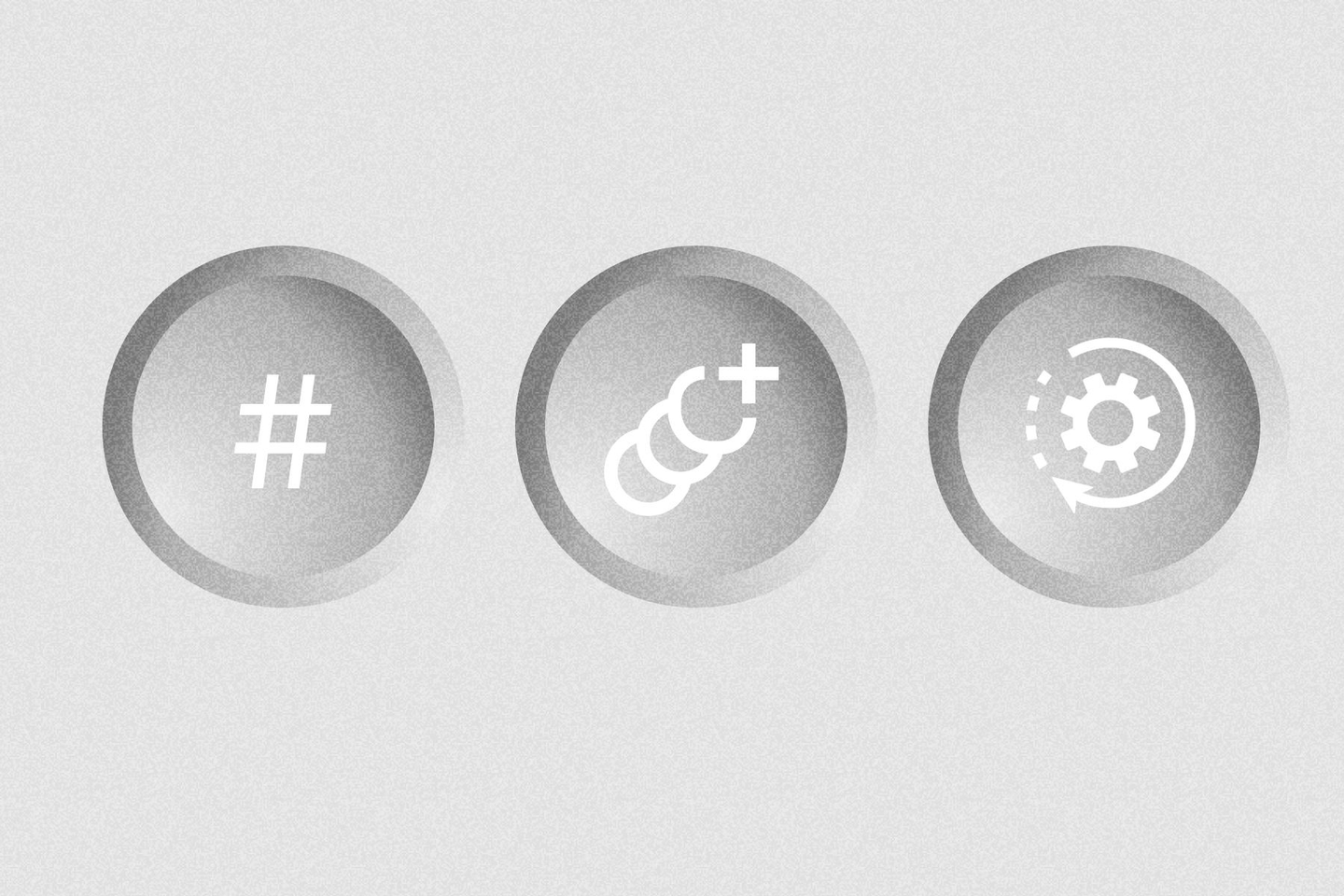
Hashing Out the Halving – The Impact of Halvings on Bitcoin Miners
We address the question of how the upcoming fourth halving could affect the Bitcoin network, Bitcoin miners and the Bitcoin price. He explains what the halving means for Bitcoin miners in general, explain the relationship between difficulty and hashrate, discuss what exactly happens during a Bitcoin halving and place the fourth halving in the context of current market developments.
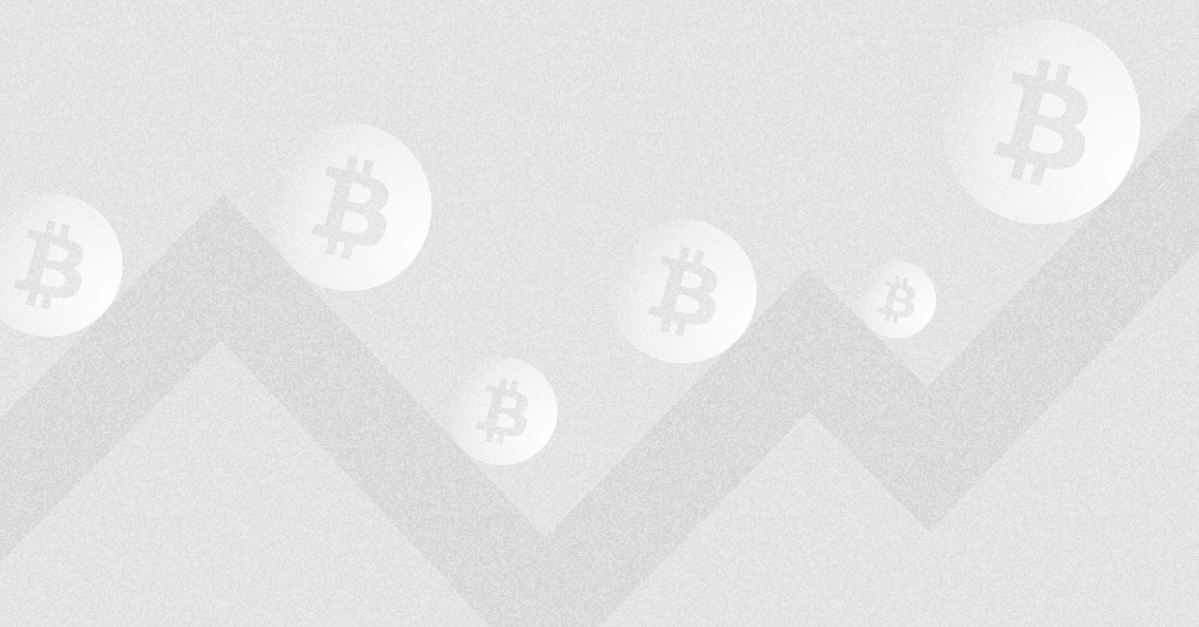
Bitcoin Halving Price Developments
An analysis of Bitcoin's price development in relation to its halvings.

Macro Dynamics of the Bitcoin Halving – a brief overview
Taking a broad macro view at the price implications and dynamics of past Bitcoin halvings, we will examine the return on investment (ROI) dynamics of previous halving cycles.
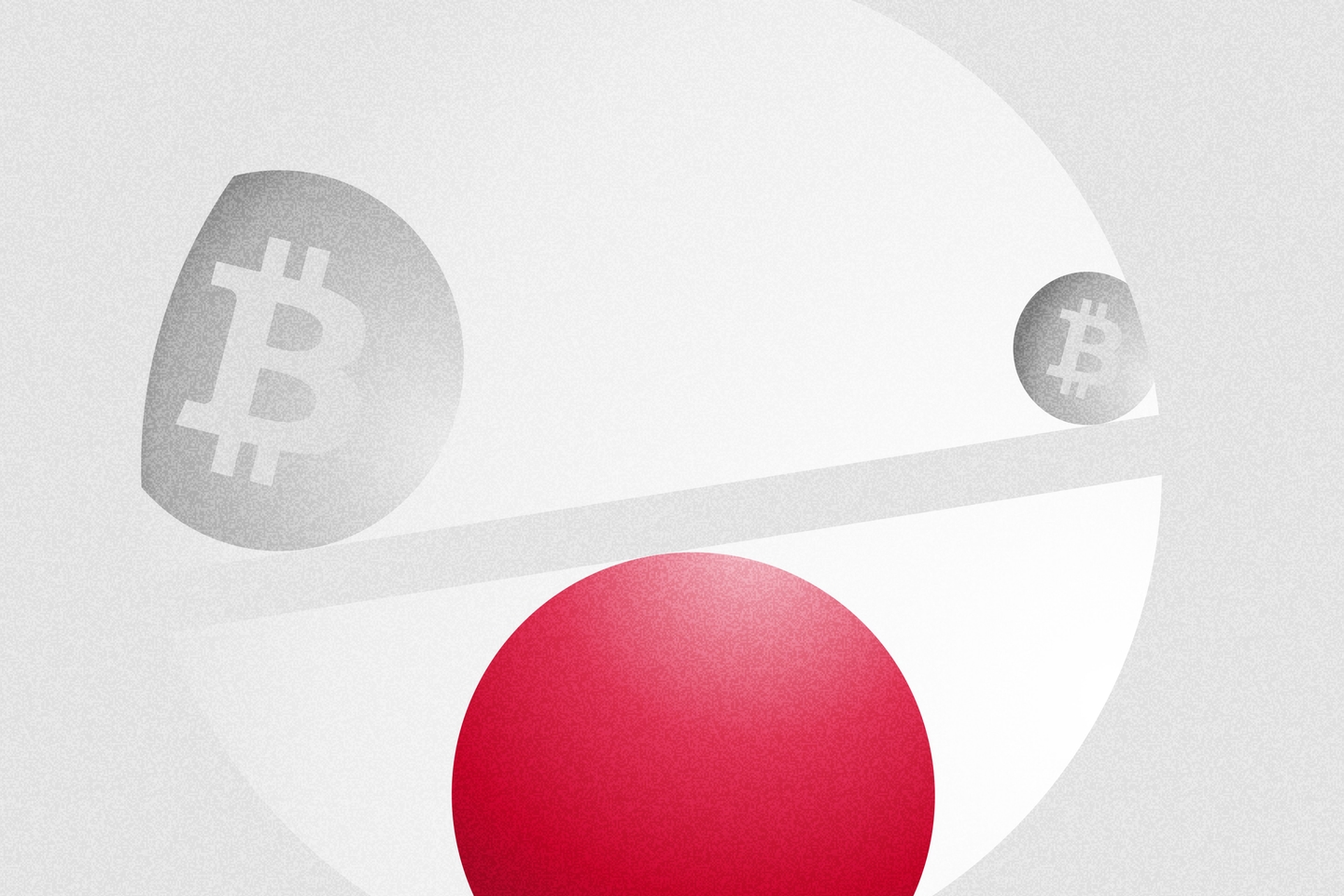
Bitcoin Halving: Supply and Demand
What role does the Bitcoin halving play when it comes to the dynamics of supply and demand of Bitcoin? In this article we dive into the law of supply and demand and outline Dominic Weibel's arguments on why the price equilibrium of BTC should be substantially higher some months down the line, as he has predicted in the Crypto Outlook 2024.
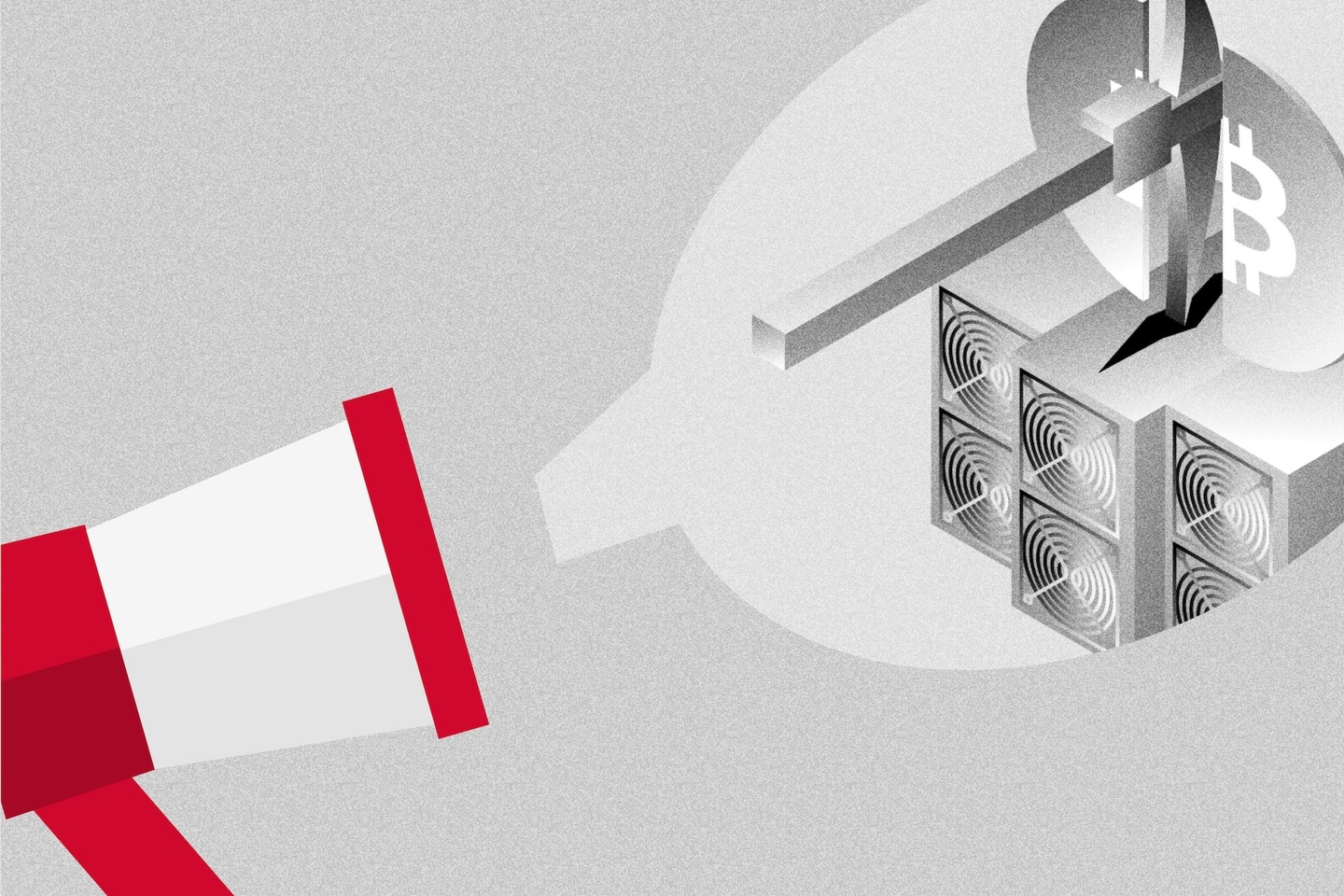
The Bitcoin Halving in the Media
An analysis of articles about the Bitcoin halving over time, showcasing a small selection of media articles about the Bitcoin halvings in 2012, 2016, 2020 and 2024.
Get Crypto Industry Insights
Bitcoin Suisse provides in-depth insights on trends and developments in the crypto industry directly to your inbox.
